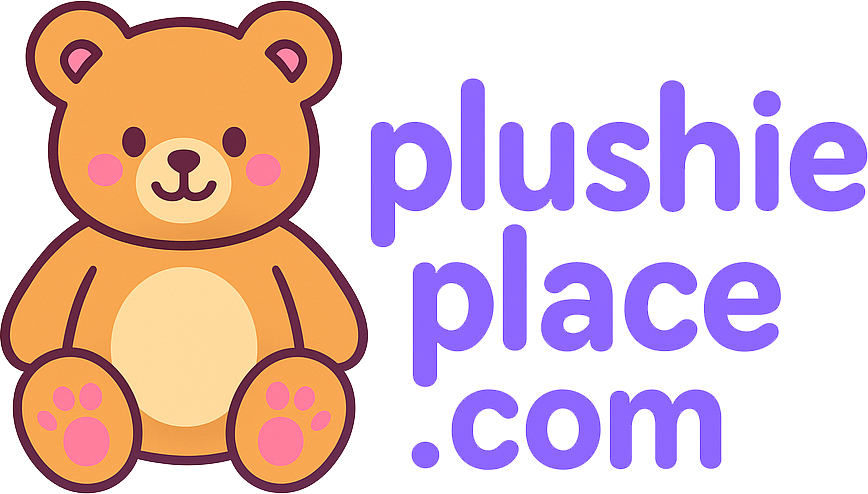Driving Efficiency in Healthcare: Linking Medical Coding Expertise with Provider Credentialing

Introduction
In today’s healthcare environment, precision in both provider documentation and billing practices is essential. Two vital elements contributing to this precision are credentialing systems for physicians and the correct usage of procedural codes, such as services for medical coding . Practices that streamline these components stand to benefit from increased revenue, compliance, and improved patient care delivery.
The Necessity of Medical Coding in Practice Operations
Medical coding transforms healthcare diagnoses, procedures, services, and equipment into universal alphanumeric codes. These codes are the backbone of medical billing, allowing practitioners to receive compensation from insurers for their services. Without proper coding, providers risk underpayment, claim rejection, or legal penalties.
Among the array of coding standards and compliance expectations, those offering services for medical coding help practices manage this complex task efficiently. From assigning appropriate CPT and ICD-10 codes to integrating location-specific identifiers, coding professionals ensure that every billed service aligns with payer rules.
Impact of Incorrect Coding on Revenue
Errors in coding can be costly. A wrong code may trigger a claim denial or delay reimbursement for months. The best medical coding practices incorporate both technology and expert oversight to detect issues early. By investing in specialized support, providers can ensure compliance, reduce audit risk, and speed up payment cycles.
The Role of Physician Credentialing in Compliance
Credentialing is the process through which a provider’s qualifications are reviewed and validated before being included in an insurance network. Physician credentialing is not just a formality—it is a legal requirement and a trust-building tool. Insurance companies use credentialing data to verify a provider’s ability to deliver quality care.
Without proper credentialing, a provider cannot bill insurance carriers—even if they perform services in compliance with all clinical protocols. Delays in credentialing mean delays in revenue, which can impact small practices significantly.
Benefits of Integrated Billing and Credentialing
Combining credentialing systems with coding platforms offers several advantages. Physician credentialing services can now work alongside billing teams to ensure that any changes in provider status (e.g., license renewal, name changes, new practice locations) are automatically updated in billing records.
This kind of integration is especially crucial when dealing with service-specific codes like place of service 11 in medical billing. For example, if a physician begins practicing from a new office, the billing system must reflect that the POS code remains accurate for office-based services.
Accurate Use of POS Codes in Claims
The code POS 11 is used when a medical service is delivered in an office environment. It helps insurers distinguish between care given in hospitals, outpatient centers, and offices, each of which comes with its own reimbursement rules.
Knowing what is pos 11 is essential for staff responsible for claims submission. While it may seem like a small detail, this code directly affects how much a practice is reimbursed. Errors in POS designation can lead to significant revenue loss over time.
Aligning Teams for Long-Term Success
Credentialing, coding, and billing teams often work in silos, which can create miscommunication. When these teams collaborate, the risk of noncompliance diminishes. Using accurate codes like pos 11 and maintaining timely credentialing updates ensures smoother operations.
Physician medical credentialing teams must stay current with evolving payer requirements, while coding specialists must adapt to procedural updates. Regular training and shared software platforms can facilitate this synergy.
Conclusion
Accurate medical coding and up-to-date credentialing form the foundation of sustainable healthcare practice management. When properly implemented, they improve reimbursement, reduce compliance risks, and increase operational efficiency. As healthcare continues to evolve, practices that integrate these systems will be best positioned to thrive.
- Art
- Causes
- Crafts
- Dance
- Drinks
- Film
- Fitness
- Food
- Jocuri
- Gardening
- Health
- Home
- Literature
- Music
- Networking
- Alte
- Party
- Religion
- Shopping
- Sports
- Theater
- Wellness


